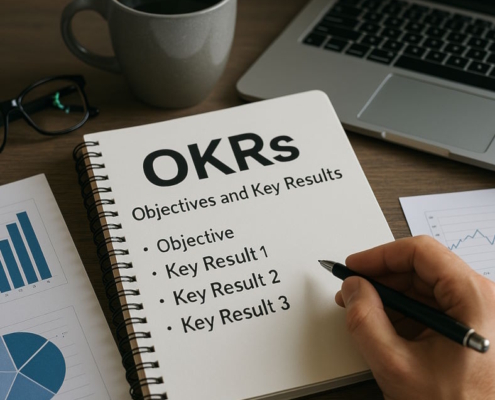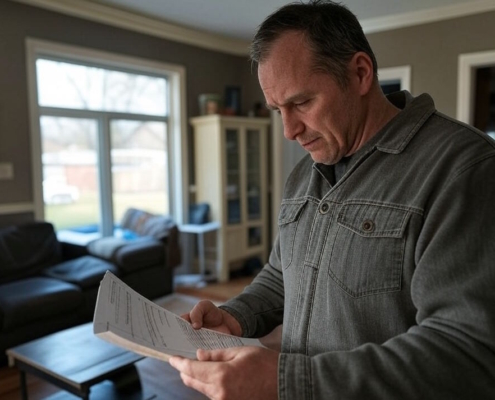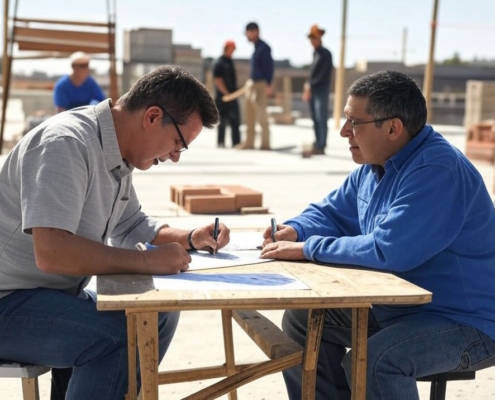What Happens if You Hit a Pedestrian with Your Car in California?
If you hit a pedestrian in California, the consequences depend on the circumstances of the accident. Drivers must stop immediately, render aid, and call emergency services if necessary. Failure to do so can result in criminal charges for a hit-and-run, even if the pedestrian was at fault. Liability will depend on who breached their duty of care, and California’s comparative negligence system allows fault to be shared between the driver and the pedestrian. For example, if the pedestrian was jaywalking but the driver was speeding, both parties could share liability.

Pedestrian-vehicle accidents are a common yet complex occurrence on California roads, often leading to serious injuries, emotional distress, and legal disputes. Determining who is at fault in these incidents can be challenging, as both drivers and pedestrians have specific rights and responsibilities under state law. California’s legal framework, including its comparative negligence system and recent legislation like the Freedom to Walk Act, aims to balance accountability and fairness while promoting road safety. This article explores the laws governing pedestrian-vehicle interactions, the factors influencing fault determination, and answers common questions to clarify the intricacies of such accidents in California.
Do Pedestrians Always Have the Right of Way in California?
No, pedestrians do not always have the right of way in California. While drivers must yield to pedestrians in crosswalks (both marked and unmarked), pedestrians also have a duty to exercise reasonable care. For instance, pedestrians must obey traffic signals and cannot step into the roadway suddenly in a manner that creates a hazard for drivers. Outside of crosswalks, pedestrians must yield to vehicles. In cases where a pedestrian is partially at fault, such as crossing against a light, liability may be divided between the parties involved.
Comparative Negligence in California
California follows a pure comparative negligence system, meaning both drivers and pedestrians can share responsibility for an accident based on their actions. This system affects how damages are calculated. For example, if a pedestrian is 30% at fault for crossing illegally and the driver is 70% at fault for speeding, the pedestrian’s recoverable damages will be reduced by their 30% share of the fault.
What Happens if You Accidentally Hit a Jaywalker?
If you accidentally hit a jaywalker, determining fault depends on whether you, as the driver, were acting reasonably and following traffic laws. Jaywalking, or crossing outside of a designated crosswalk or against a traffic signal, is illegal in California. However, drivers are still expected to exercise caution and avoid collisions when possible. If a driver was speeding, distracted, or otherwise negligent, they might share fault even if the pedestrian was jaywalking. On the other hand, if the pedestrian’s actions made the collision unavoidable, they may bear the majority of the responsibility.
Drivers’ Responsibilities
Under California law, drivers must exercise reasonable care to avoid injuring pedestrians. Their specific obligations include:
- Yielding to Pedestrians in Crosswalks According to California Vehicle Code Section 21950, drivers must yield to pedestrians crossing within marked or unmarked crosswalks. However, pedestrians are also required to act responsibly, such as avoiding sudden entry into the roadway.
- Avoiding Distracted Driving Distracted driving, such as texting or eating, significantly increases the risk of pedestrian accidents. A driver found to be distracted may bear significant fault in an accident.
- Driving at Safe Speeds Drivers must adjust their speed based on road and weather conditions. Speeding in areas with heavy pedestrian traffic increases the likelihood of collisions.
- Waiting for Pedestrians to Fully Cross Under California Vehicle Code Section 21951, drivers must wait for pedestrians to completely cross the street before proceeding, especially when another vehicle has stopped to allow a pedestrian to pass.
Pedestrians’ Responsibilities
Pedestrians also have legal duties aimed at ensuring their safety and minimizing risk for drivers:
- Obeying Traffic Signals Pedestrians must comply with “walk” and “don’t walk” signals. Entering a crosswalk during a “don’t walk” signal can place liability on the pedestrian.
- Avoiding Distractions Walking while texting or wearing headphones can impair a pedestrian’s ability to notice oncoming traffic, increasing the likelihood of an accident.
- Not Impeding Traffic Pedestrians are prohibited from stepping into the roadway in a manner that creates an immediate hazard. Crossing outside of crosswalks requires yielding to vehicles.
What is the California Vehicle Code for Hitting a Pedestrian?
Several sections of the California Vehicle Code govern pedestrian-vehicle interactions:
- Section 21950: Drivers must yield to pedestrians in crosswalks.
- Section 21951: Prohibits overtaking a vehicle stopped at a crosswalk.
- Section 20001: Requires drivers to stop, provide information, and render aid if they are involved in an accident causing injury or death.
Failure to comply with these laws can result in criminal charges, civil liability, or both.
The Freedom to Walk Act
The Freedom to Walk Act, enacted as AB 2147, decriminalizes jaywalking in California under certain circumstances. Effective January 1, 2023, the act prohibits law enforcement officers from issuing citations for jaywalking unless the pedestrian creates an “immediate danger of a collision.” This law reflects a shift toward reducing enforcement of minor infractions and promoting pedestrian mobility while balancing safety concerns.
What is AB 2147?
AB 2147, also known as the Freedom to Walk Act, aims to address inequities in jaywalking enforcement. Under this law, pedestrians cannot be ticketed for crossing outside of crosswalks unless their actions pose an imminent risk of a collision with a moving vehicle. The act seeks to encourage safe walking practices while reducing unnecessary penalties, especially in underserved communities.
Common Scenarios and Fault Assignment
- Driver Hits a Pedestrian in a Crosswalk Drivers are typically at fault in such cases, especially if they failed to yield. However, pedestrians may share liability if they crossed during a “don’t walk” signal.
- Pedestrian Jaywalks and Gets Hit If a jaywalking pedestrian is struck, their actions often contribute to the accident. However, the driver’s speed, attentiveness, and ability to react are also evaluated.
- Parking Lot Accidents Parking lots require extra caution from both drivers and pedestrians. Fault often depends on whether the driver was moving too quickly or the pedestrian failed to watch for vehicles.
- Accidents Involving Children or Elderly Pedestrians Drivers must exercise heightened care around children and elderly individuals, who may behave unpredictably. A driver failing to anticipate such behavior may bear some liability.
What is the Average Payout for a Pedestrian Hit by a Car in California?
Settlement amounts for pedestrian accidents vary widely, depending on the severity of the injuries, the degree of fault, and available insurance coverage. Minor injuries may result in payouts ranging from $15,000 to $50,000, while severe injuries, such as traumatic brain injuries or permanent disabilities, can lead to settlements in the hundreds of thousands or even millions of dollars.
California’s Jaywalking Law
Although jaywalking remains technically illegal, AB 2147 limits law enforcement’s ability to ticket pedestrians unless their actions create an imminent hazard. The law reflects California’s efforts to promote fairness and mobility while encouraging safer road-sharing practices.
Conclusion
When a pedestrian is hit by a vehicle in California, determining fault requires a careful analysis of both parties’ actions. Drivers must obey traffic laws, exercise caution, and yield to pedestrians in crosswalks. Conversely, pedestrians must follow signals, avoid distractions, and act responsibly when crossing streets. California’s comparative negligence system ensures that liability is fairly allocated based on the circumstances of each case. Whether dealing with questions of jaywalking, crosswalk safety, or recent legal changes like the Freedom to Walk Act, understanding the law is essential for navigating the complexities of pedestrian-vehicle accidents.































